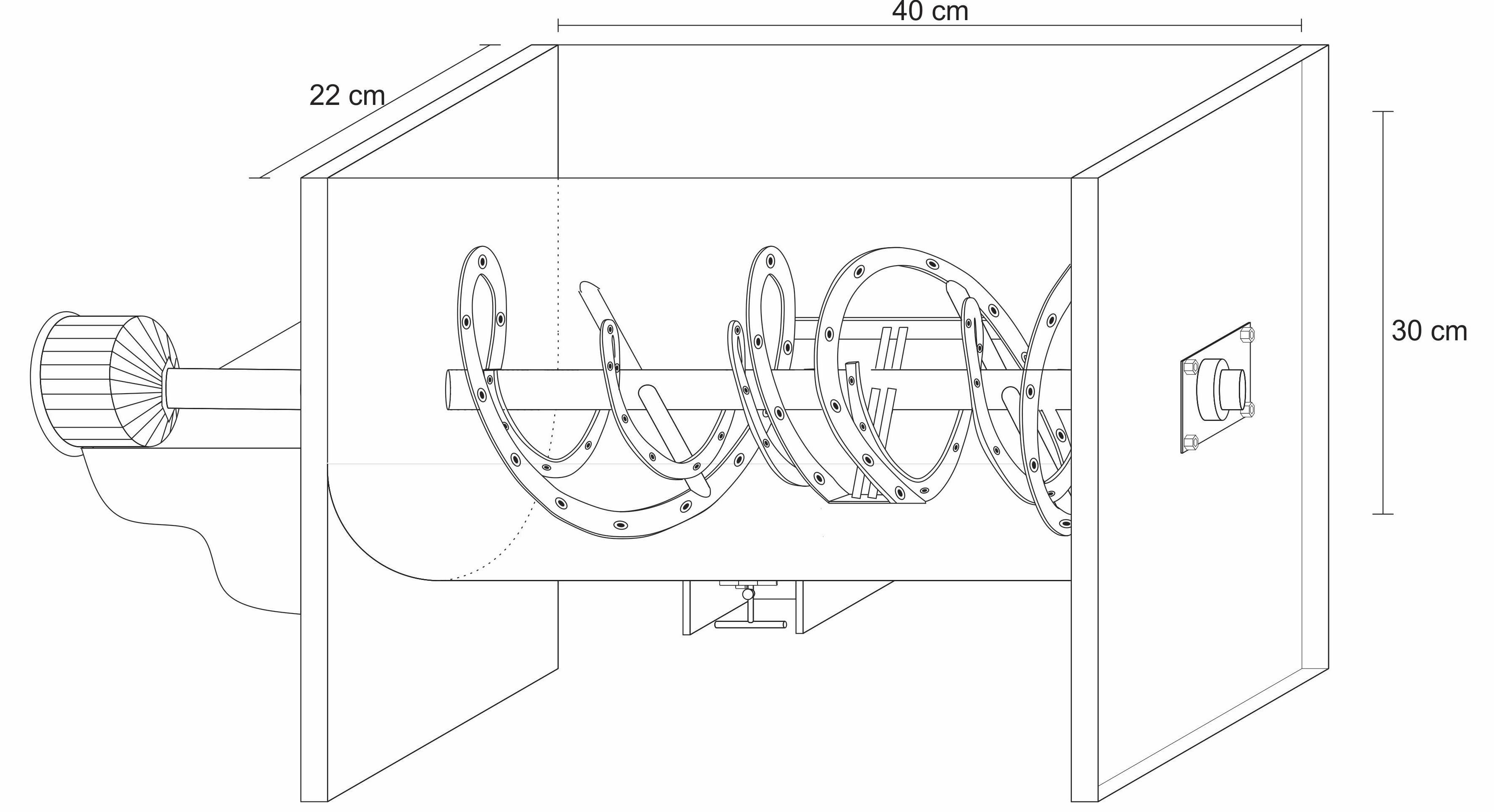 |
|
The remediation of polluted soils containing DDX (DDT, DDE, and DDD), endrin, and endosulfan was assessed using zero-valent iron (Fe0) and iron-copper Fe0/Cu0at microcosms and bench-scale in batch experiments. The treatments allowed for the reduction of the initial concentrations of DDX (30 mg/kg), endrin (150 mg/kg), and endosulfan (40 mg/kg) at both scales, indicating their suitability. However, in the case of DDX-polluted soil, the accumulation of the intermediate compound DDNS was registered. In microcosms experiments, the highest degradation percentage for DDX was obtained using a Fe0/Cu0ratio of 10/3 (w/w). The degradation observed in the bench-scale reactor was improved for endrin and endosulfan-polluted soils, while degradation of DDX was similar to that found in microcosms experiments. The Fe0/Cu0system mainly improves the degradation rates of DDD, DDE, and endrin, reducing the time of treatment from 8 to 4 days. The selection of the remediation strategies using Fe0/Cu0or Fe0should weigh the cost of copper versus the time of treatment since the extent of remediation was similar for most experiments, except for DDD and DDE. Since the degradation of pesticides was not fully completed and the accumulation of intermediates compounds was observed, further investigation is required.
Keywords: galvanic corrosion; organochlorine pesticides; zero-valent iron; polluted soil; reducing dehalogenation.
|
|
 |

